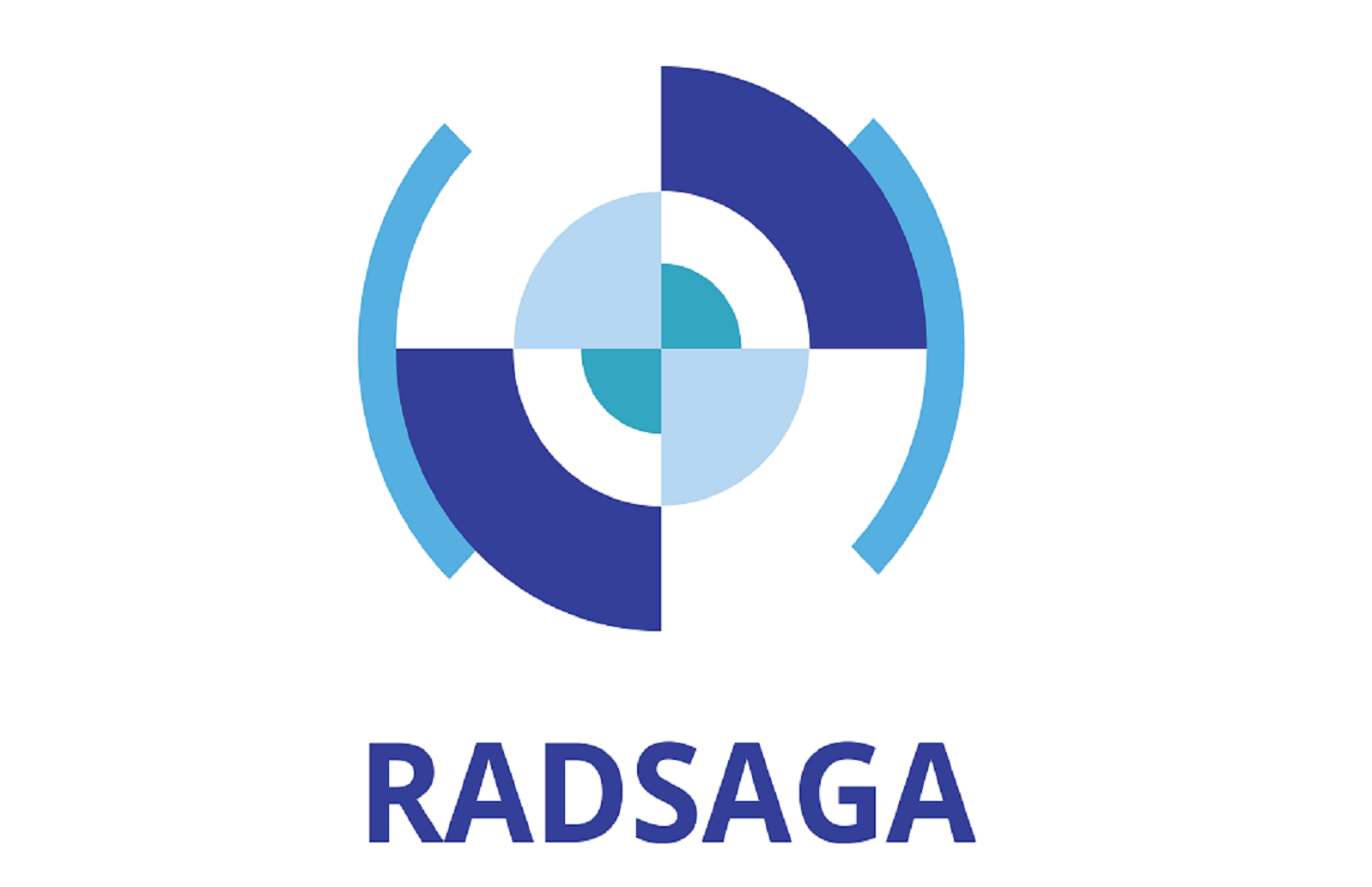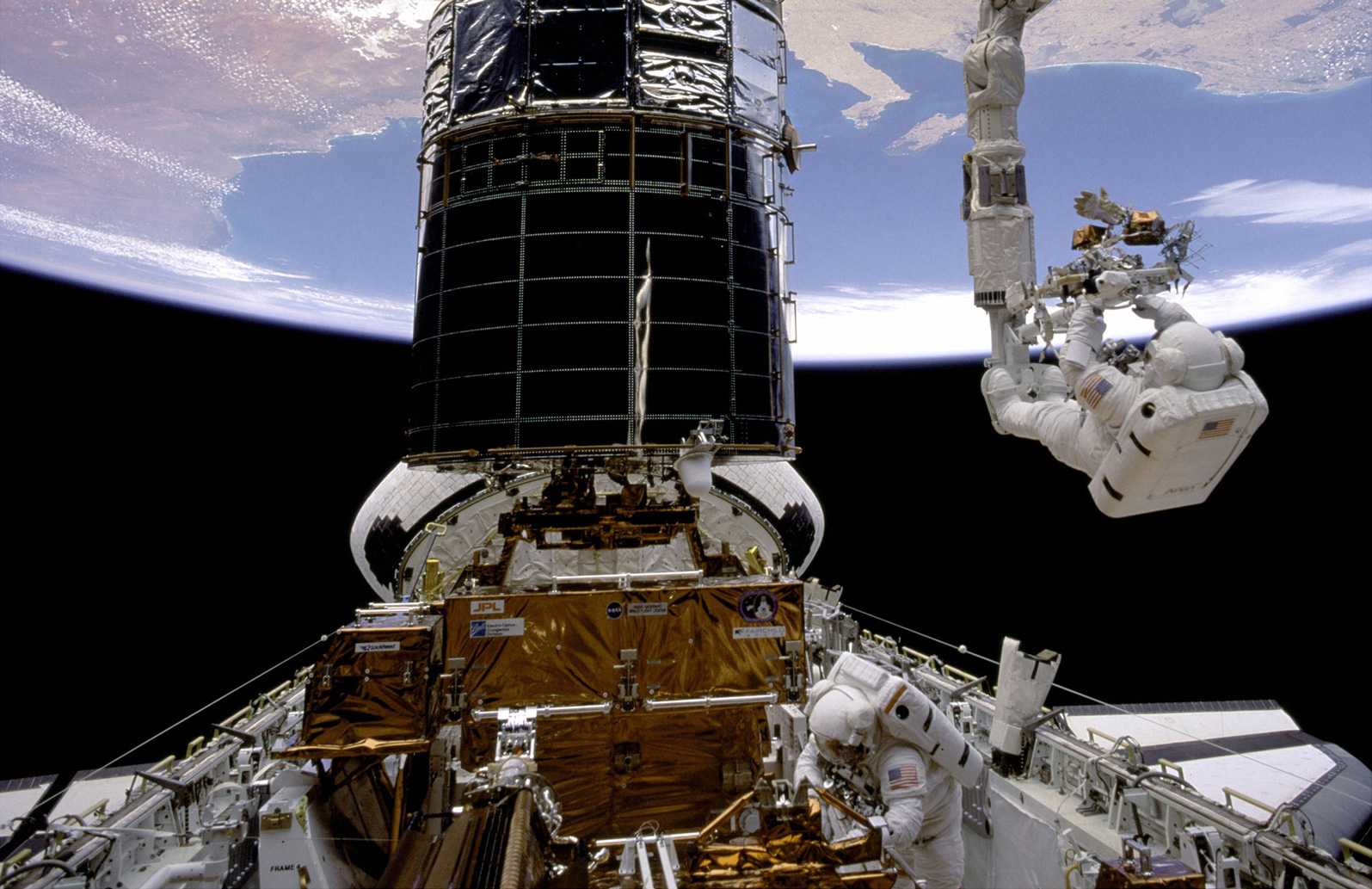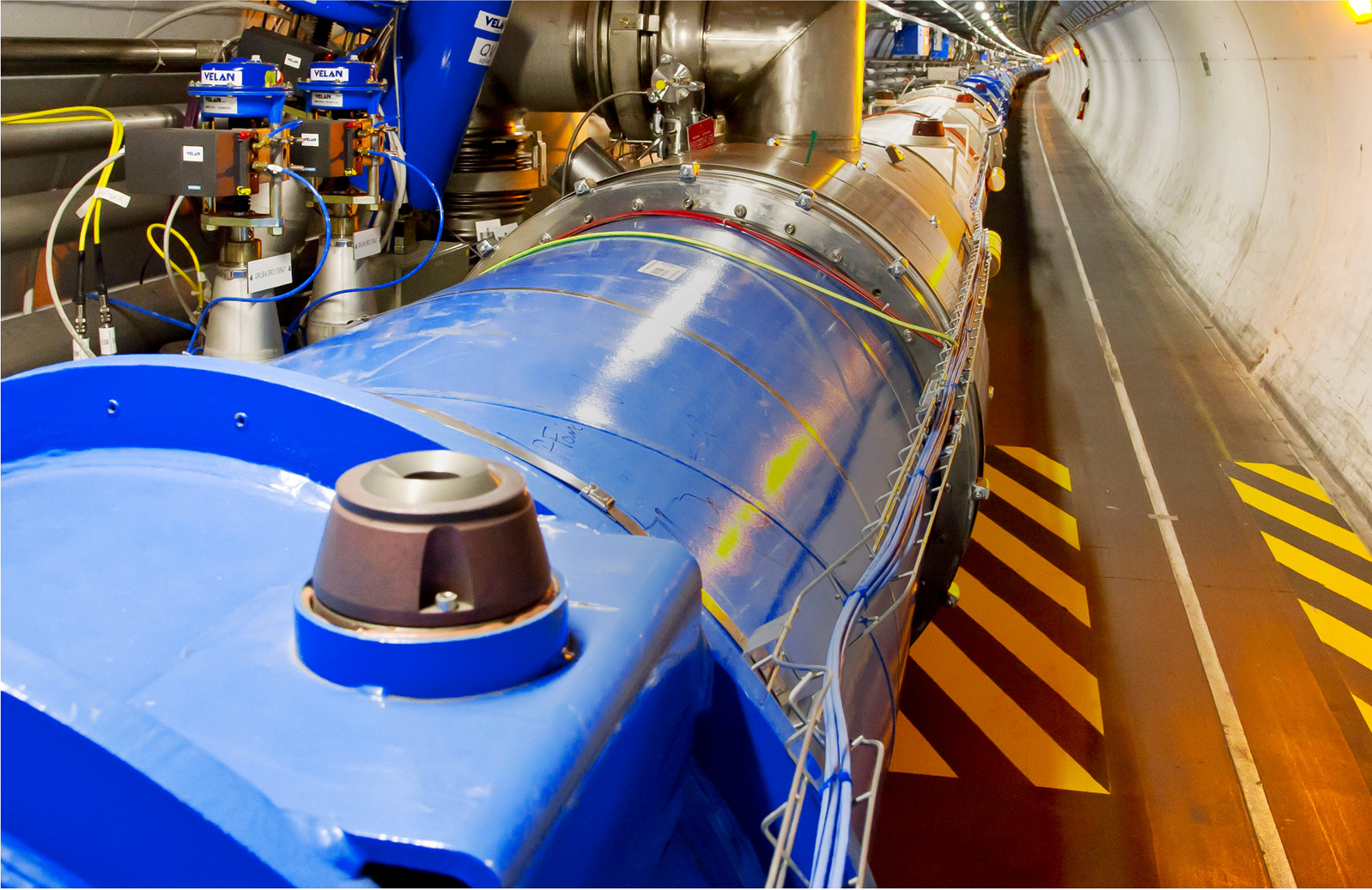Short abstract:
The objective of this PhD is the development of a tool correlating SEE rates of devices obtained in standardized test conditions to those expected in the operational environment. The link amongst the different environments will be scientifically established through a detailed study of the respective energy deposition distributions both from an experimental and simulation point of view. Such tools will facilitate component testing and enable engineers to reduce the design overhead due to the use of larger than needed safety margins. In addition, it will significantly reduce the cost and time involved in testing by enabling the use of cheaper and more accessible radiation fields. It will serve as an input for the test guideline development in ESR15.
Long abstract:
In general, experimental radiation environments differ from the actual operational cases, the latter often involving a complex combination of particle species and energies. More specifically, using Single Event Effect (SEE) results from monoenergetic high energy proton or 14 MeV neutron beams to estimate ground level SEE rates is a highly attractive option owing to the availability, intensity and relatively low cost of such test beam. In a similar manner, screening components or systems at a high energy proton or mixed-field facility for space applications would significantly reduce the cost and complexity of present radiation hardness assurance processes. However, owing to the lack of an established link between them, the advantages of using test beams that significantly differ from the actual operational radiation environment comes at the price of either sacrificing the level of accuracy of the prediction method or applying safety margins which are typically highly conservative and can lead to an over-engineering of the considered system.
We therefore propose an analysis of the various experimental and operational radiation environments through an energy deposition metric. The various fields will be characterized through their deposited energy in volumes which are representative of the sensitive regions of electronic components. This will be done both by means of measurements involving thin diodes (~5-10 um collection depth) and simulations using Monte Carlo tools. The test environments will include a broad variety of facilities participating in the RADSAGA network, devoting a special attention to the possible use of high energy proton and 14 MeV neutron measurements applied to atmospheric application testing. This method is specifically relevant in the context of European facilities, for which the capability of using neutron spallation spectra for atmospheric testing has been significantly limited. The two main Monte Carlo tools to be employed will be FLUKA and MCNPX.
The analysis will also explore methods using high energy proton or mixed-field facilities as a proxy to evaluate the sensitivity of components in the space environment, both in the case of trapped protons and cosmic rays. In addition, the energy deposition by high energy heavy ion nuclear interactions will be carefully studied and used as a benchmark for Monte Carlo codes, focusing on the implication of the results on sub-LET threshold SEEs. Once the links between the various environments have been established through the energy deposition analysis, a simple tool will developed in order to correlate the respective test results and operational SEE rate predictions at an engineering level, thus significantly simplifying present test approach and reducing the overhead related to highly conservative safety margins.
Deliverable & Milestones Lists:
- Development of a commercial-diode-based detector for indirect energy deposition measurements
- Improved models of nuclear reactions to be used in Monte Carlo Modelling
- Models to link SEE rates based on an energy deposition metric that can be correlated to the energy deposition calculated by the Monte Carlo models
- A dataset of cross sections for intermediate energy heavy ion induced SEEs is needed to validate the latter.
Beneficiary:
University of Groningen
Supervisor:
Prof. Sytze Brandenburg & Dr. Marc Jan van Goethem (University of Groningen)
Co-supervisor:
Assoc. Prof. Ketil Røed (Univeristy of Oslo), Assoc. Prof. Alexander Prokofiev (Uppsala Univeristy)
Planned secondments:
[total: 9 months]: UiO (Assoc. Prof. K. Roed): [4m] Radiation effects training and preparation of test setups; ONERA (Dr S. Bourdarie): [1m] Space environments and effects; AMU (Dr J. L. Autran): [1m] Atmospheric environment and effects; ISIS-STFC (Dr C. Frost): [1m] Radiation tests in atmospheric-like neutron spectra; UniPD (Dr S. Geraldin) , UU (Assoc Prof A. Prokofiev) [2m]: 14 MeV neutron test preparation and measurements.




